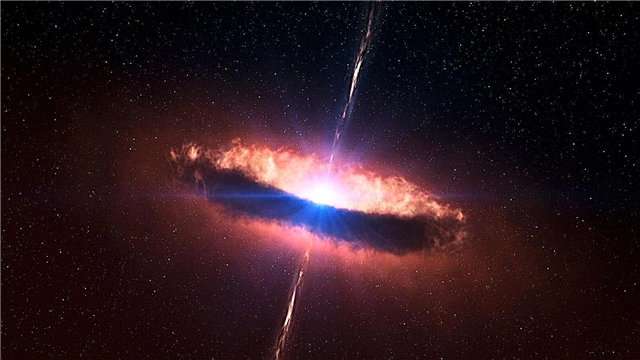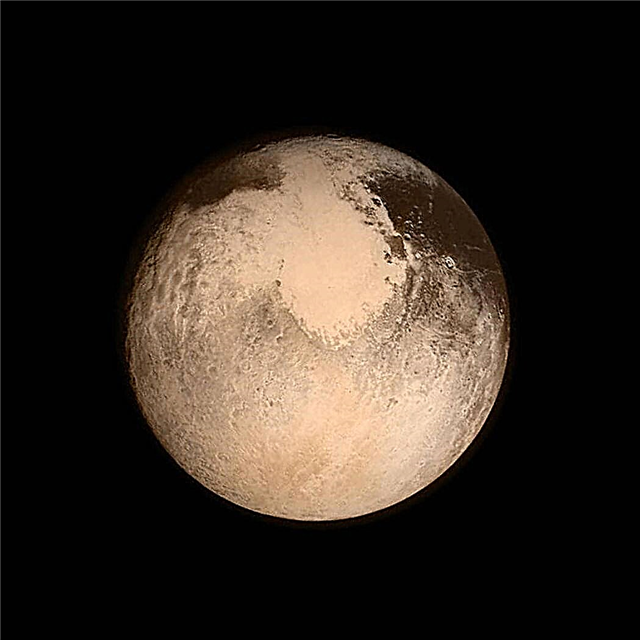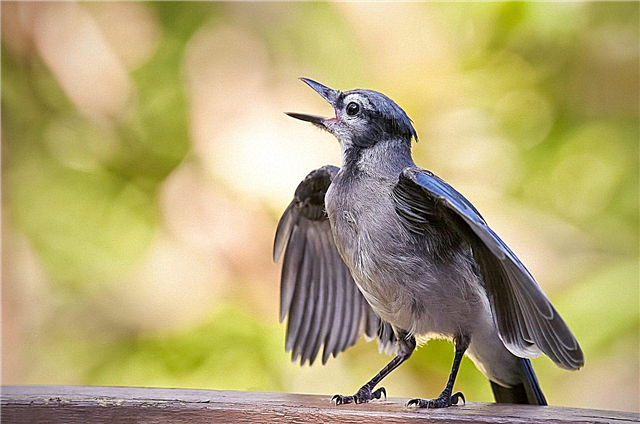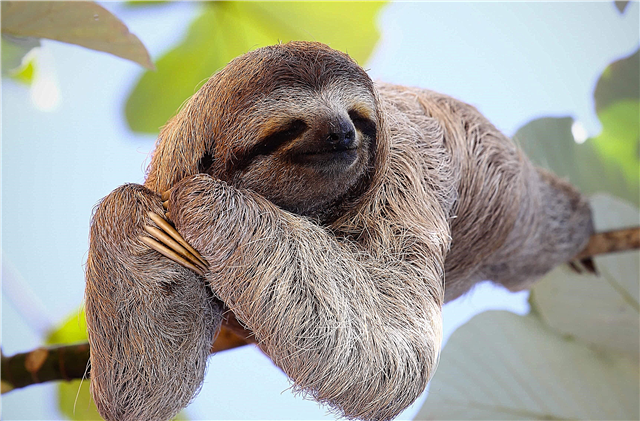
Every year on August 12, meteorites swiftly traverse the sky with bright fiery stripes all night, burning in the middle layers of the atmosphere. Moving in the Earth’s orbit, a meteor shower crosses - a plume of a comet making its way around the Sun.
What are comets, structure and composition
Comets, like stone asteroids, are, if I may say so, production waste after the formation of the Sun, planets and their satellites. Comets consist mainly of ice with inclusions of small stones and dust. For most of their lives, comets graze on vast desert pastures on the periphery of the solar system.

The most distant planet of the Solar System Pluto is located at a distance of 5.8 billion kilometers from the Sun. A cluster of comets called the Kuiper Belt is located 480 million kilometers further than Pluto. Another similar cluster, the Oort Cloud, is 160 billion kilometers away from the Sun. In fact, the Oort Cloud is not a cloud, but a huge accumulation of trillions of comets, these comets roam the Universe in different directions, like cows in a grazing herd. The Oort Cloud is believed to surround the solar system like a huge halo.
Interesting fact: comets make one revolution around the Sun in an average of one million years.
Proof of cometary clusters
It is very difficult to prove the existence of cometary clusters. And that's why. Even if you fly in a rocket through the Oort Cloud, you can not meet a single comet during the trip. They are separated by a distance of millions and billions of kilometers.Since comets are far from the Sun, they are also very poorly lit and look almost as dark as the outer space surrounding them. The comets removed from the Sun have no tails attributed to them. Their color is red-brown, about two kilometers in size. In a word, they look like big dirty icebergs.
The journey of comets

The comet's ugly face transforms when it leaves the herd and approaches the Sun. At this moment, the comet undergoes an instant transformation. It stretches across the night sky with a long shining strip, leading people into horror and delight. What force drives a comet out of the Oort Cloud? Naturally, gravity. This is how it happens. The sun flies rapidly in space and drags an armful of planets, their satellites and comets. The path of the Sun lies among the stars of the Milky Way. A herd of comets, carried away by the Sun, sometimes flies near another star. The force of its gravity produces a disturbance in the Oort Cloud, shifting comets from their usual positions
The disturbed comet leaves its place and flies into space. It can leave the gravitational field of the Sun and go on an independent journey in order to someday please the inhabitants of other planetary systems with its brilliant tail. But the majority of comets, touched from their place, go on their way to the Sun. This is an unthinkable slow journey. Sometimes a comet takes several million years to reach the inner regions of the solar system.After many centuries of such an epic relocation of the comet, the Sun, which was once a dim star in its horizon, suddenly appears before the comet as a large sparkling disk.
Each time, passing near the Sun, the comet loses 0.1 percent of its ice. This ice evaporates, forming the comet's tail. After about a thousand passage of the comet past the Sun, the ice from the substance of the comet will completely disappear, leaving only small pebbles and dust from the comet.

The comet begins to feel the blow of the solar wind - a stream of solar radiation. Ice crystals and dust particles break away from the comet's body, the ice evaporates, forming a tail, consisting of a flowing gas. Under the influence of solar radiation, the gases in the tail of the comet begin to glow. When a comet flies past the Earth, we learn about it from its burning tail, clearly visible in the night sky.
A comet can go around the Sun in a huge loop so that in a million years it will reappear inside the solar system. Halley's Comet, which we last saw in 1985, makes its revolution around the Sun along a shortened loop in 76 years. It passes near the Earth, goes around the Sun, leaves behind Pluto, performs a dizzying turn and again goes to the Sun.












